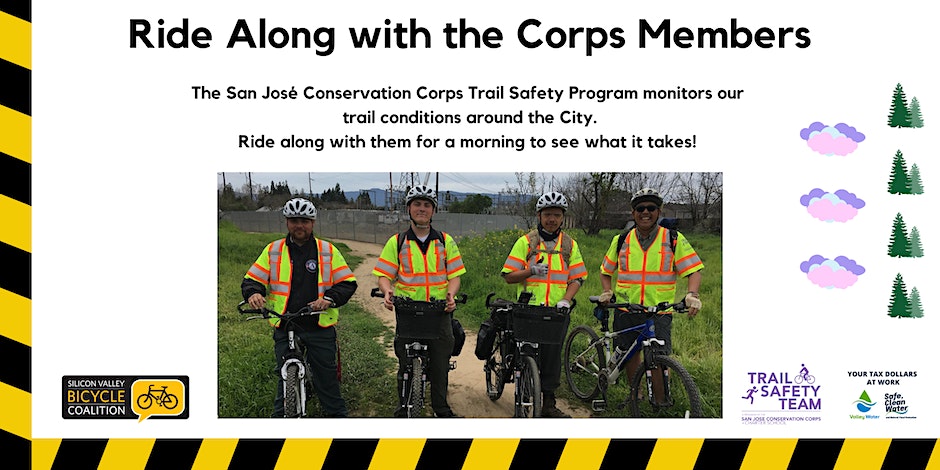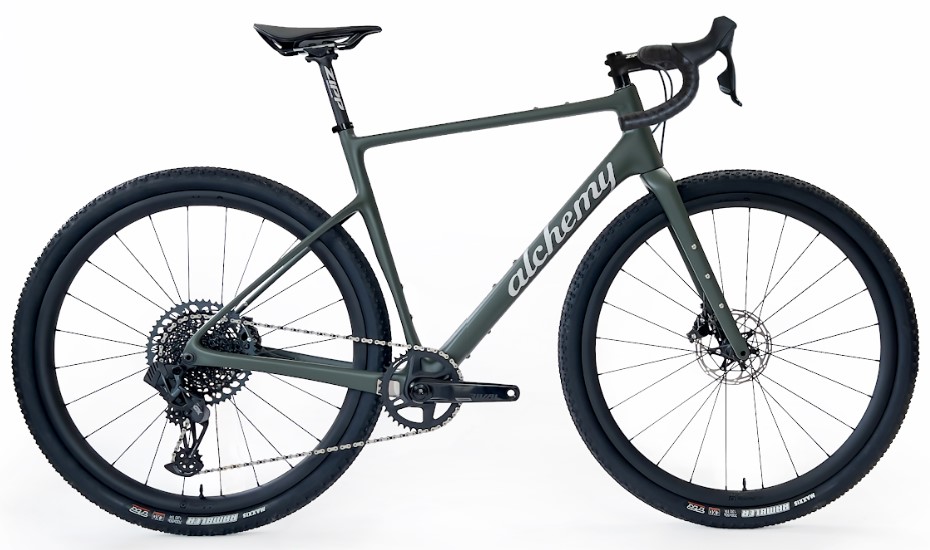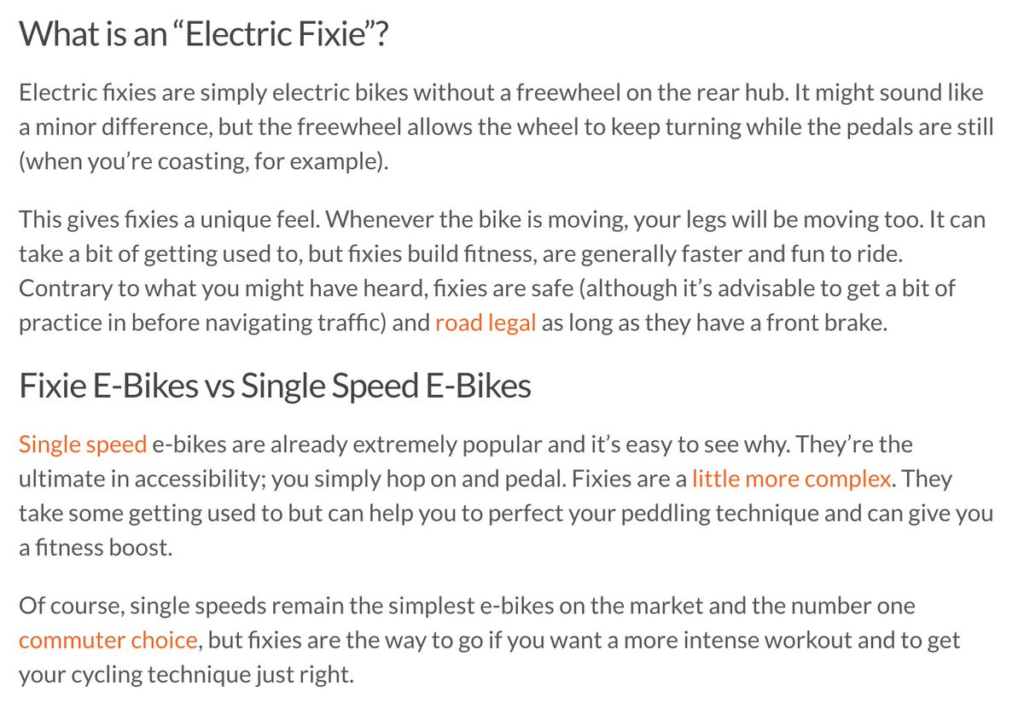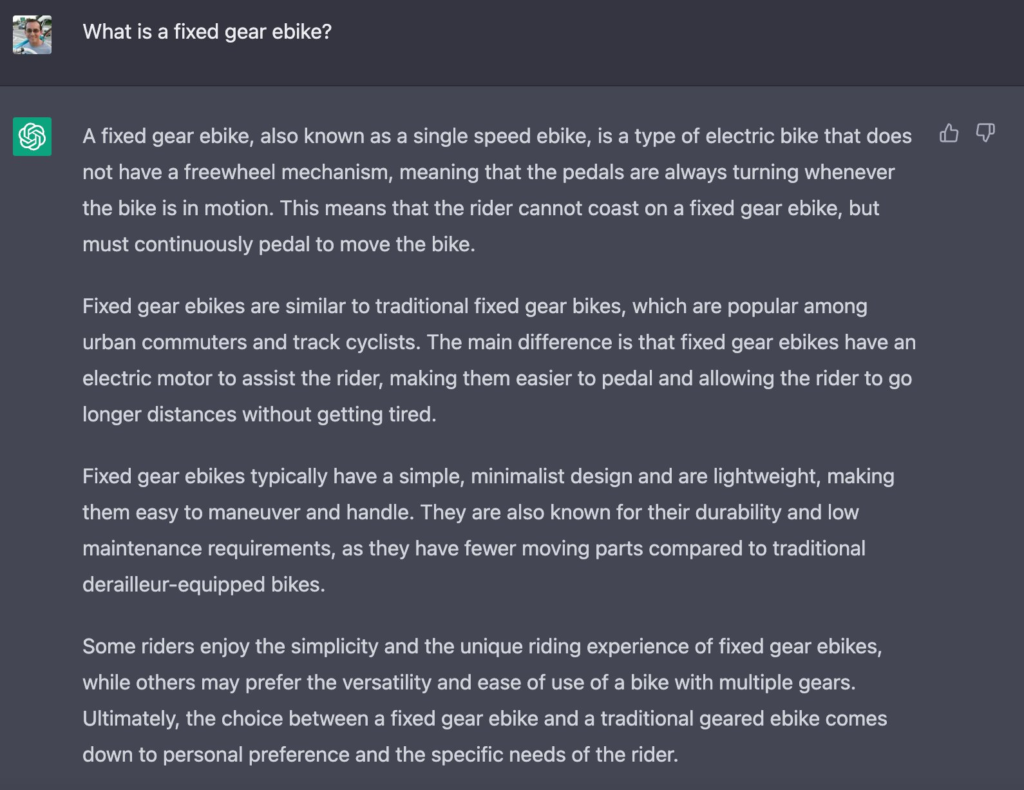We’re excited in California for AB 2097 to take effect with the new year. This law bans parking minimums for new developments within a half mile of transit. Cycling advocates and others who care about housing and the climate fought for this bill, and we celebrated when Governor Gavin Newsom signed 2097 into law last September.
But did you know this law might also eliminate bike parking requirements in some California cities and counties?
I was reviewing plans for a new restaurant for the city of Campbell, California because planners there seem to overlook their town’s bike parking requirements. The developer application includes this paragraph:
Under the recently adopted AB-2097, the City “shall not impose or enforce any minimum automobile parking requirement on a residential, commercial, or other development project if the project is located within one-half mile of public transit.” As such, this project is no longer subject to a parking requirement as of January 1, 2023.
Cool, right? The application, though, makes no mention of bike parking, so I looked up Campbell’s bike parking rules. Campbell adopts by reference the California Green Building Standards Code (“CalGreen”), which in turn stipulates “permanently anchored bicycle racks within 200 feet of the visitors’ entrance, readily visible to passers-by, for 5 percent of new visitor motorized vehicle parking spaces being added.”
Do you see the problem? Five percent of zero is … zero bike parking.
Alarmed, I next looked at city code for cities in Santa Cruz County. Each of the cities of Santa Cruz, Capitola, and Watsonville have at least a portion of their bike parking requirements defined as a percentage of car parking. Update: The city of Santa Cruz already started work to amend their bike parking code in light of AB 2097; good job!
The County of Santa Cruz just yesterday finalized and approved an overhaul of the Parking and Circulation section of their planning code which significantly improves bicycle requirements for new developments. Guess how this brand new code specifies bike parking? Yep: as a percentage of car parking.
As a member of the Santa Cruz County Regional Transportation Commission Bicycle Committee (whew, that’s a mouthful), I’ve already asked the committee chair for an agenda item and action in which we’ll send a letter to each of these cities and the county asking them to update their bike parking code to reflect the new reality of AB 2097.
While most cities I’ve looked at have this problem, I found three cities that define bike parking requirements with a formula based on building square footage or occupancy: San Jose, San Francisco, and Oakland. Well done to those cities.
I encourage you to look into your city and county zoning code. You can find this by Googling [ your city or county ] planning code bicycle parking. I’d love to know your findings so comment what you find here.




